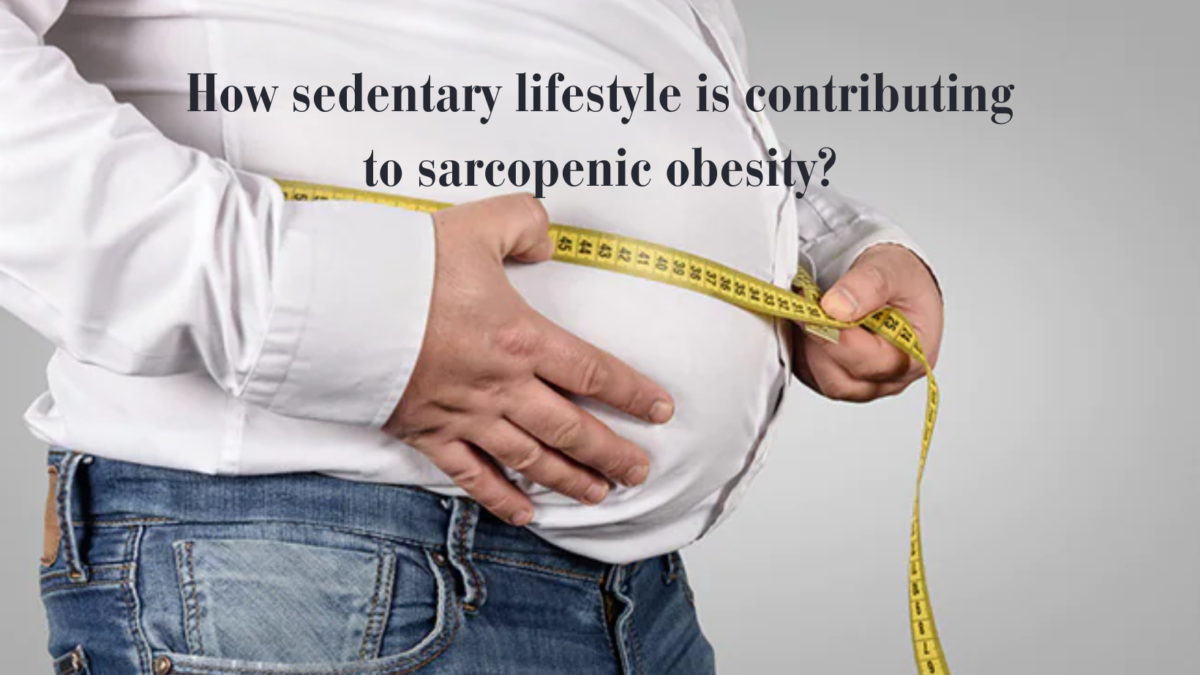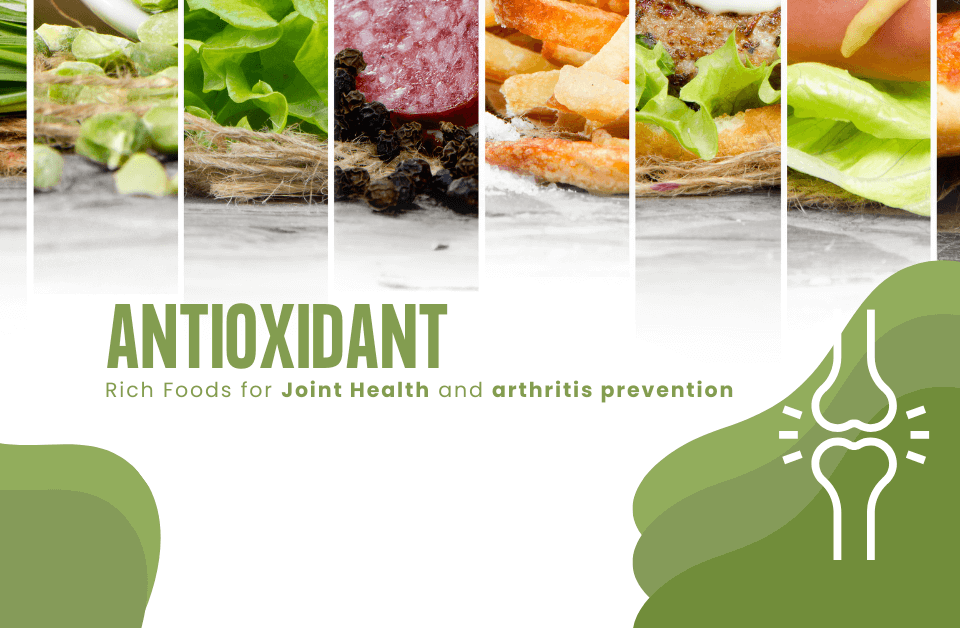How sedentary lifestyle is contributing to sarcopenic obesity?

Supplements vs. Natural food
March 23, 2024
Exploring the Connection Between Sleep and Blood Sugar Regulation
April 6, 2024How sedentary lifestyle is contributing to sarcopenic obesity?
In the journey of life, our bodies undergo a series of changes, including alterations in physical activity and body composition. One significant concern that arises with age is sarcopenic obesity, a condition characterized by the coexistence of muscle loss and fat gain. In this blog post, we delve into the world of sarcopenic obesity and its strong connection to physical activity throughout different stages of life. Understanding this link can empower us to break the cycle and embrace a more active lifestyle for a healthier and happier future.
1. The Dual Challenge of Sarcopenic Obesity:
Sarcopenic obesity presents a dual challenge - the loss of valuable muscle mass and an increase in unhealthy fat stores. As we age, our bodies tend to lose muscle naturally, but this process can be accelerated by a sedentary lifestyle. Meanwhile, a decline in physical activity can lead to excessive fat accumulation, amplifying the impact of this condition on overall health.
2. Physical Activity and Youth: Building a Solid Foundation:
The journey to combat sarcopenic obesity begins in youth. During early adulthood, typically in our 20s and 30s, our bodies are at their peak in terms of fat-free mass and physical performance. Engaging in regular physical activity during this phase is crucial as it lays the foundation for healthier muscle mass and physical abilities later in life.
Physical activity is not just about staying fit; it also plays a pivotal role in optimising bone density, cardiovascular health, and metabolic function.
3. Energy Expenditure and Growth:
Energy expenditure, or the calories burned during physical activity, is closely tied to our body size and level of activity during growth and development. Children and teenagers, with their higher energy requirements due to growth, can benefit significantly from being physically active.
Furthermore, physical activity during adolescence plays a vital role in the growth of fat-free mass (muscle). By engaging in regular physical activities, such as sports, resistance training, or even simple outdoor play, adolescents can optimise their fat-free mass and lay the groundwork for a healthier adulthood.
4. Physical Activity Level Across the Lifespan:
The level of physical activity fluctuates throughout life. From early age to adulthood, our physical activity level gradually increases. However, as we grow older, it tends to decline. This emphasises the importance of sustaining an active lifestyle as we age to counter the effects of muscle loss and fat gain.
Adulthood often brings about significant changes in lifestyle, such as increased work responsibilities, family commitments, and a shift in priorities. However, even small lifestyle changes, like incorporating daily walks, taking the stairs, or participating in group fitness classes, can make a considerable difference in preserving muscle mass and preventing obesity.
5. The Aging Challenge:
As the years pass, preserving muscle mass becomes increasingly challenging. While ageing inevitably results in some muscle loss, a physically active lifestyle can slow down this process and mitigate the impact of sarcopenic obesity. It is never too late to start being active and reaping the benefits.
Older adults can tailor their exercise routines to suit their capabilities and preferences. Low-impact activities such as swimming, yoga, or tai chi can provide an excellent way to stay active while minimising the risk of injury.
6. Preventing Sarcopenic Obesity:
Preventing sarcopenic obesity demands a two-pronged approach: promoting physical activity from an early age and maintaining it as we age. Regular exercise during youth and adulthood helps build and sustain fat-free mass, while continued activity in later life helps preserve muscle and manage fat levels.
In addition to physical activity, nutrition also plays a significant role in preventing sarcopenic obesity. A balanced diet rich in protein, essential vitamins, and minerals supports muscle health and aids in maintaining a healthy body composition. Balancing caloric intake and energy expenditure is crucial to prevent excessive fat accumulation while preserving muscle mass.
Conclusion:
Sarcopenic obesity presents a significant health challenge as we age, but it is not an inevitable outcome. By embracing a physically active lifestyle throughout our lives, we can break the cycle of muscle loss and fat gain. Let us recognise the power of physical activity as a preventative measure against sarcopenic obesity and make it an integral part of our daily lives. Together, we can age gracefully and enjoy a healthier, more fulfilling future. So, let's take that first step, and every step thereafter, towards a life of movement, strength, and vitality.







